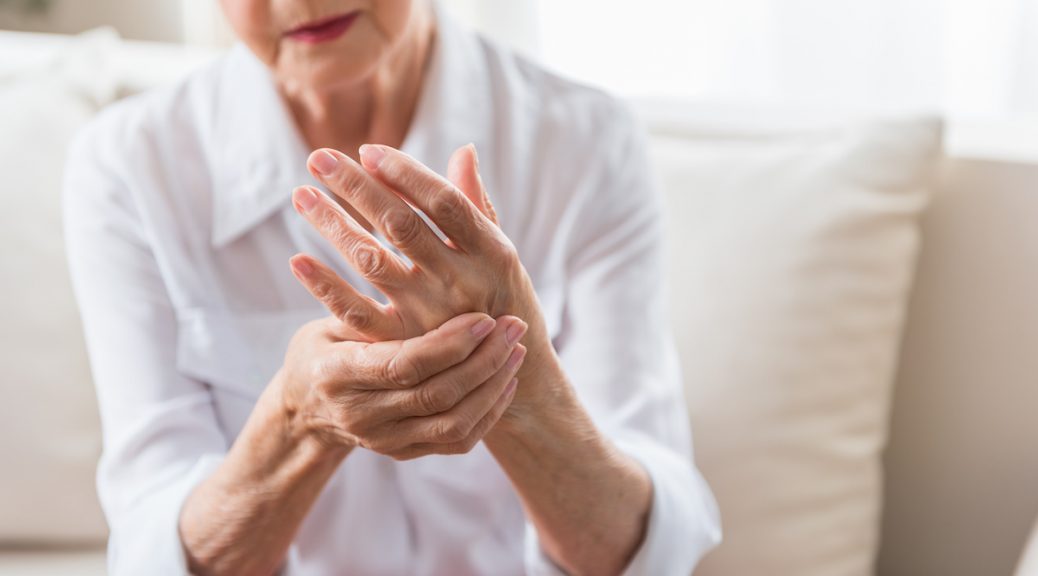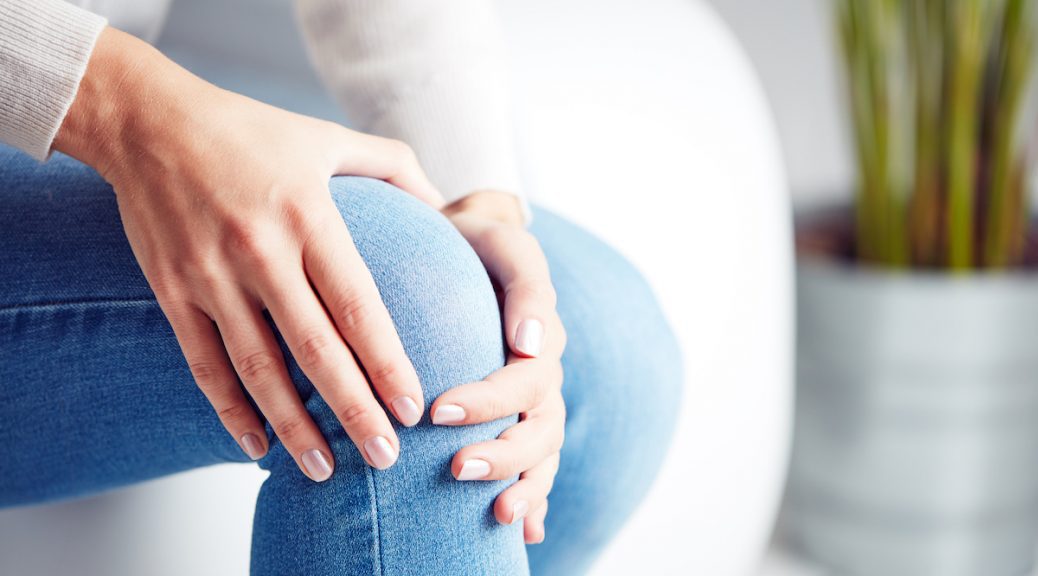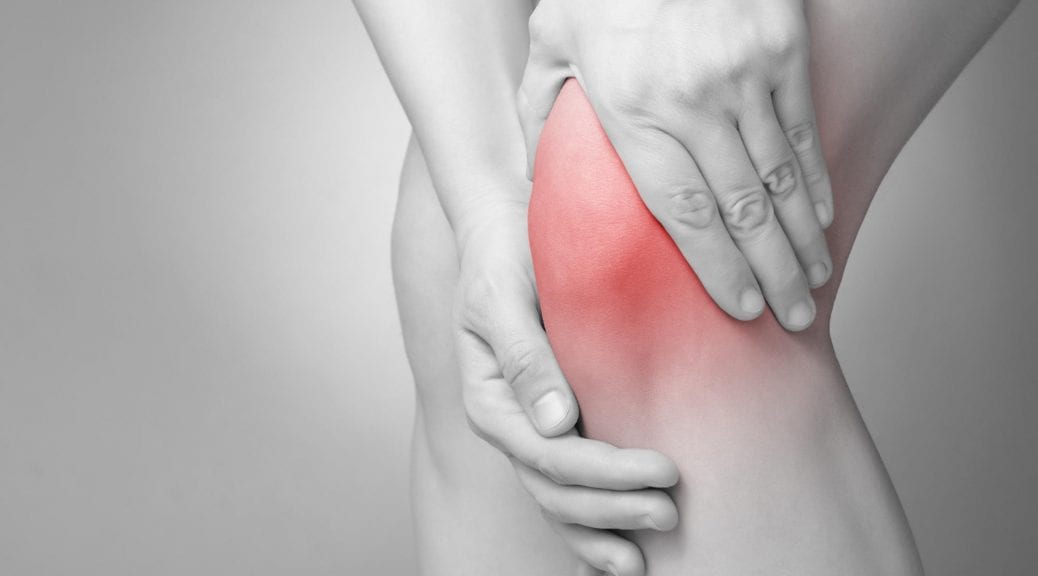Arthritis is a chronic condition that affects millions of people worldwide. It causes joint pain, stiffness, and inflammation, making everyday activities challenging and often painful. While there is no cure for arthritis, various strategies and lifestyle changes can help manage the pain and improve the quality of life.
At Paris Orthopedics, we see many patients struggling with arthritis pain. A few simple changes can make all the difference. Here are some essential tips for managing arthritis pain.
Stay Active
Regular exercise is crucial for managing arthritis pain. Low-impact activities like walking, swimming, and cycling can help improve joint flexibility, strengthen muscles, and reduce pain. It is essential to start slowly and gradually increase the intensity and duration of exercise. Work with a physical therapist or an exercise specialist to develop a tailored exercise program that suits your needs.
Maintain a Healthy Weight
Extra weight puts additional stress on the joints, exacerbating arthritis pain. Maintaining a healthy weight is essential for managing arthritis symptoms. If you are overweight, losing even a small amount of weight can significantly reduce the strain on your joints and alleviate pain.
Apply Heat or Cold
Applying heat or cold to the affected joints can temporarily relieve arthritis pain. Heat can help relax muscles and improve blood circulation, while cold therapy can numb the area and reduce inflammation. Experiment with both to see which works best for you. Remember to use a barrier (such as a towel) between the heating or cooling element and your skin to avoid burns or frostbite.
Use Assistive Devices
Various assistive devices can make daily tasks easier and reduce joint stress. For example, jar openers, reacher grabbers, or ergonomic tools can minimize strain on the hands and wrists. Assistive devices such as canes, crutches, or walkers can help support your weight and reduce pressure on the lower extremities.
Practice Joint Protection
Simple modifications to your daily routine can go a long way in managing arthritis pain. Avoid repetitive movements and activities that put excessive stress on your joints. Use larger joints instead of smaller ones whenever possible (e.g., use your shoulder instead of your wrist to carry a heavy bag). Maintain good posture and use ergonomic furniture and tools to minimize joint strain.
Try Relaxation Techniques
Stress and tension can worsen arthritis pain. Engaging in relaxation techniques such as deep breathing, meditation, yoga, or tai chi can help promote relaxation, reduce stress, and alleviate pain. These practices also improve flexibility and encourage a sense of well-being.
Use Medications as Prescribed
Over-the-counter and prescription medications can help manage arthritis pain and inflammation. Nonsteroidal anti-inflammatory drugs (NSAIDs), analgesics, and corticosteroids are commonly prescribed for arthritis pain. It is essential to use these medications as prescribed and discuss any concerns or side effects with your healthcare provider.
Get Enough Rest
Fatigue can worsen arthritis pain and make daily activities more challenging. Ensure you get enough rest and sleep to allow your body to recover. Listen to your body and take breaks when needed. Balancing rest and activity is crucial for managing arthritis pain effectively.
Stay Positive and Seek Support
Living with chronic pain can be emotionally draining. It is essential to stay positive and maintain a good support network. Seek support from family, friends, or support groups who can understand and empathize with your experiences. Talking to a mental health professional can also be beneficial in coping with the emotional aspects of living with arthritis.
Stay Informed
Stay updated on the latest information and treatment options for arthritis. Consult with healthcare professionals and stay connected with reputable arthritis organizations or websites. Knowing your condition can help you make informed decisions about managing your pain.
Schedule An Appointment With Paris Orthopedics
Managing arthritis pain requires a comprehensive approach that combines lifestyle changes, self-care strategies, and medical interventions. It is important to work closely with your healthcare team to develop an individualized plan that suits your specific needs.
Incorporating these tips into your daily routine can effectively manage arthritis pain and improve your overall quality of life. Are you interested in learning more about managing arthritis pain? Check out our website or give us a call at (903) 737-0000 for more information.




